Science News
Exploring the Colors of Chemistry

Science News
Exploring the Colors of Chemistry
In our science classes this term, students had the opportunity to witness the vibrant world of chemistry through an exciting experiment called Flame Tests. This classic experiment involves burning different metal salts in ethanol and observing the brilliant colors they produce when ignited.
What is a Flame Test?

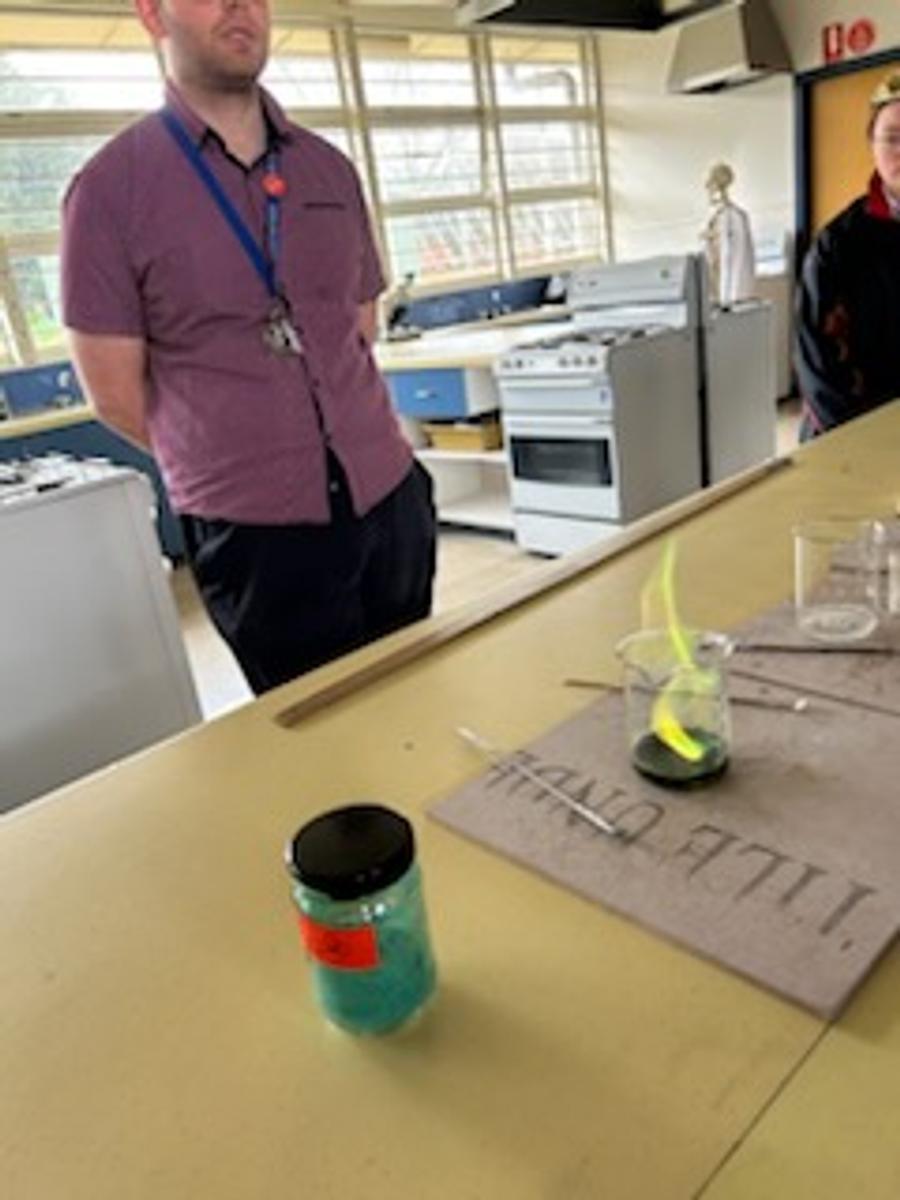
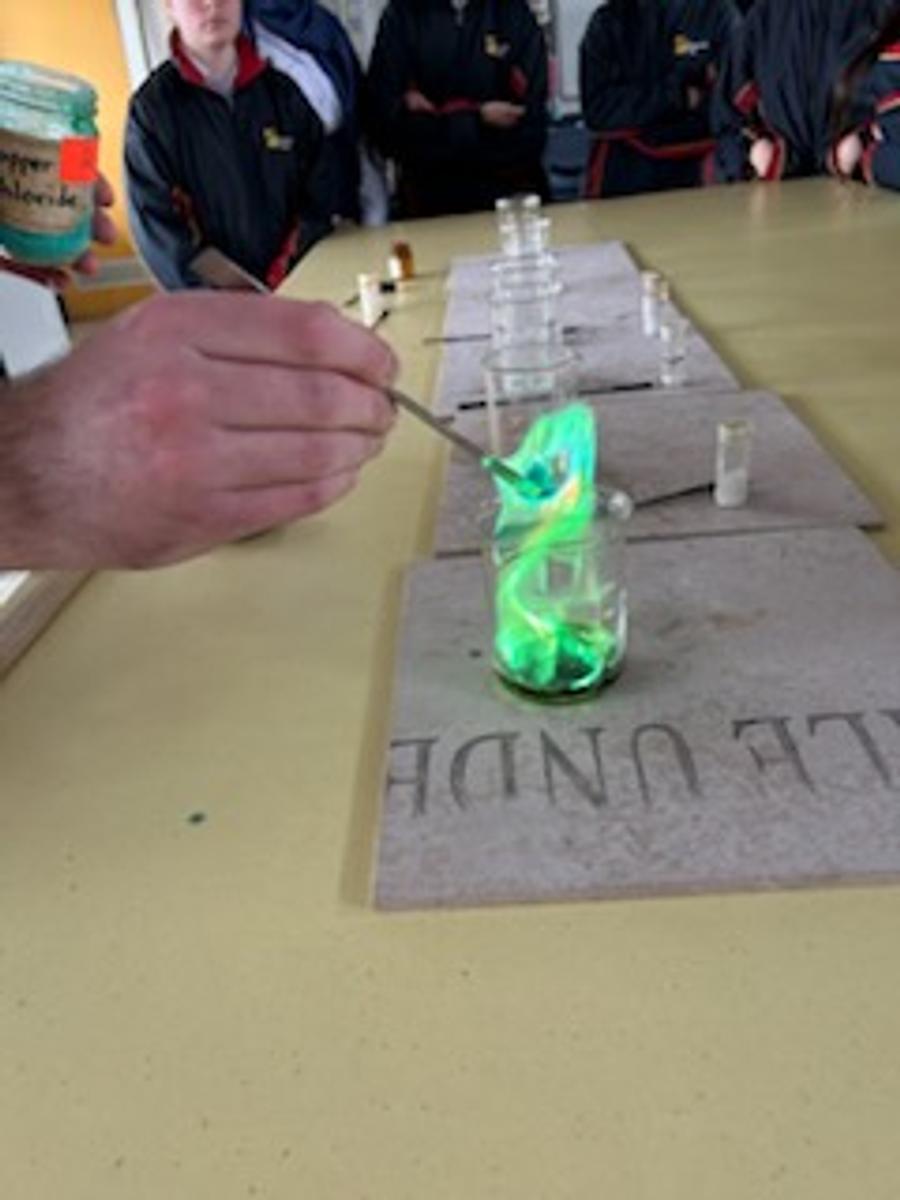
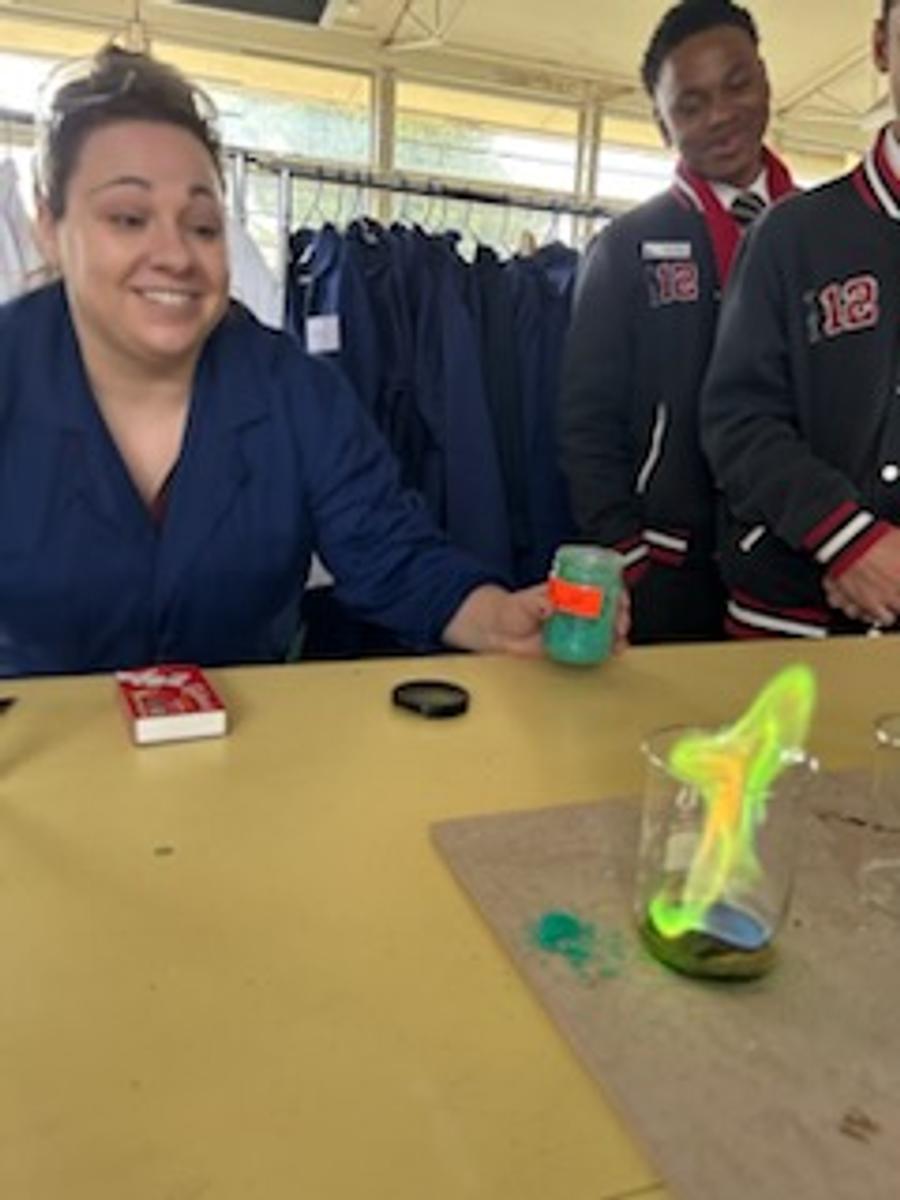
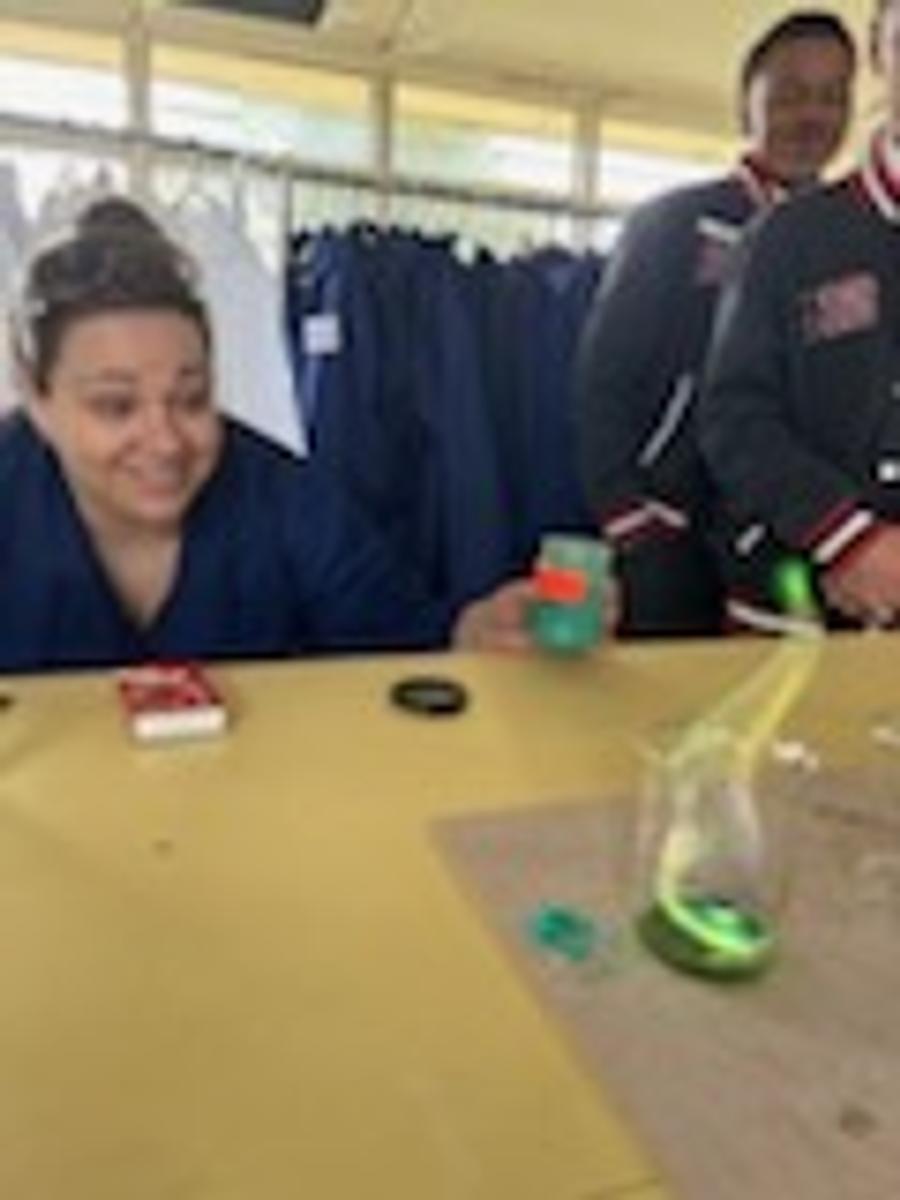
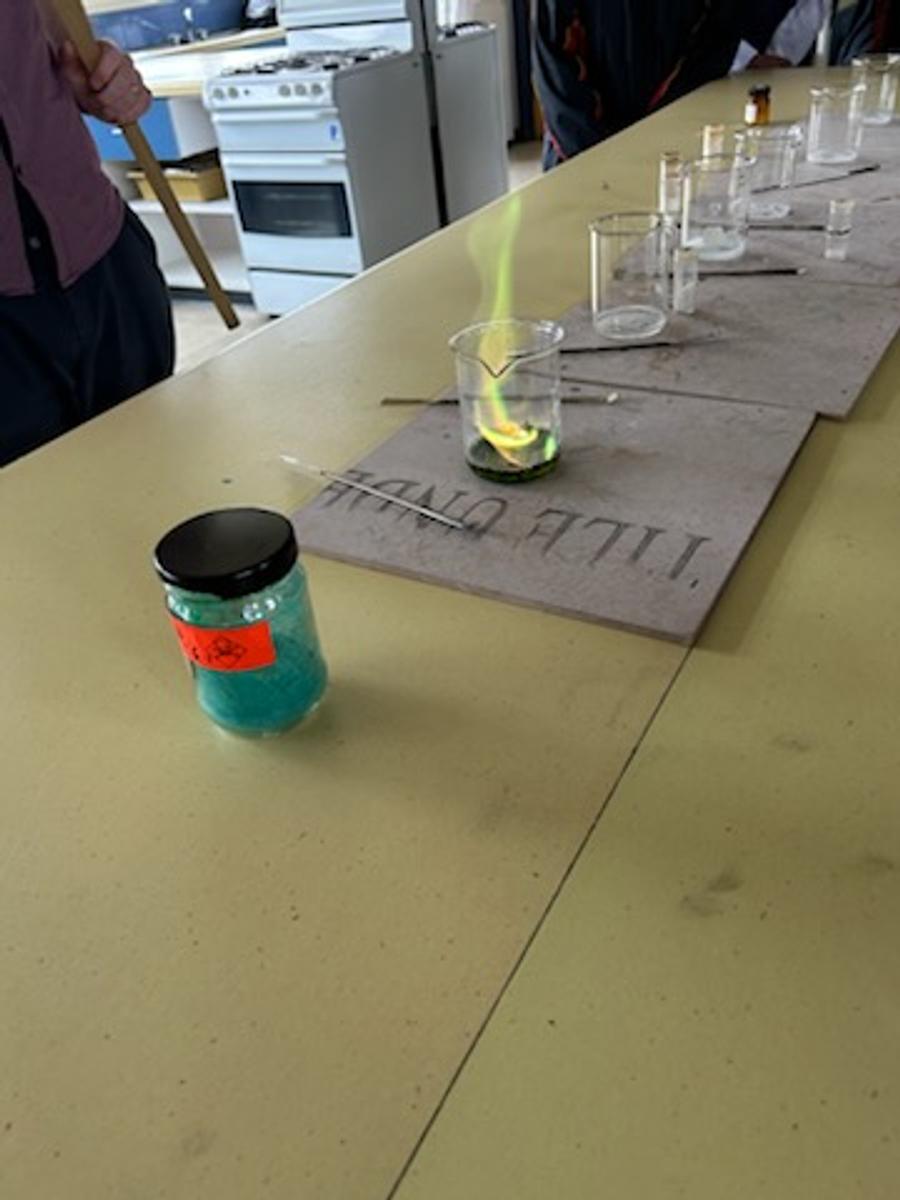
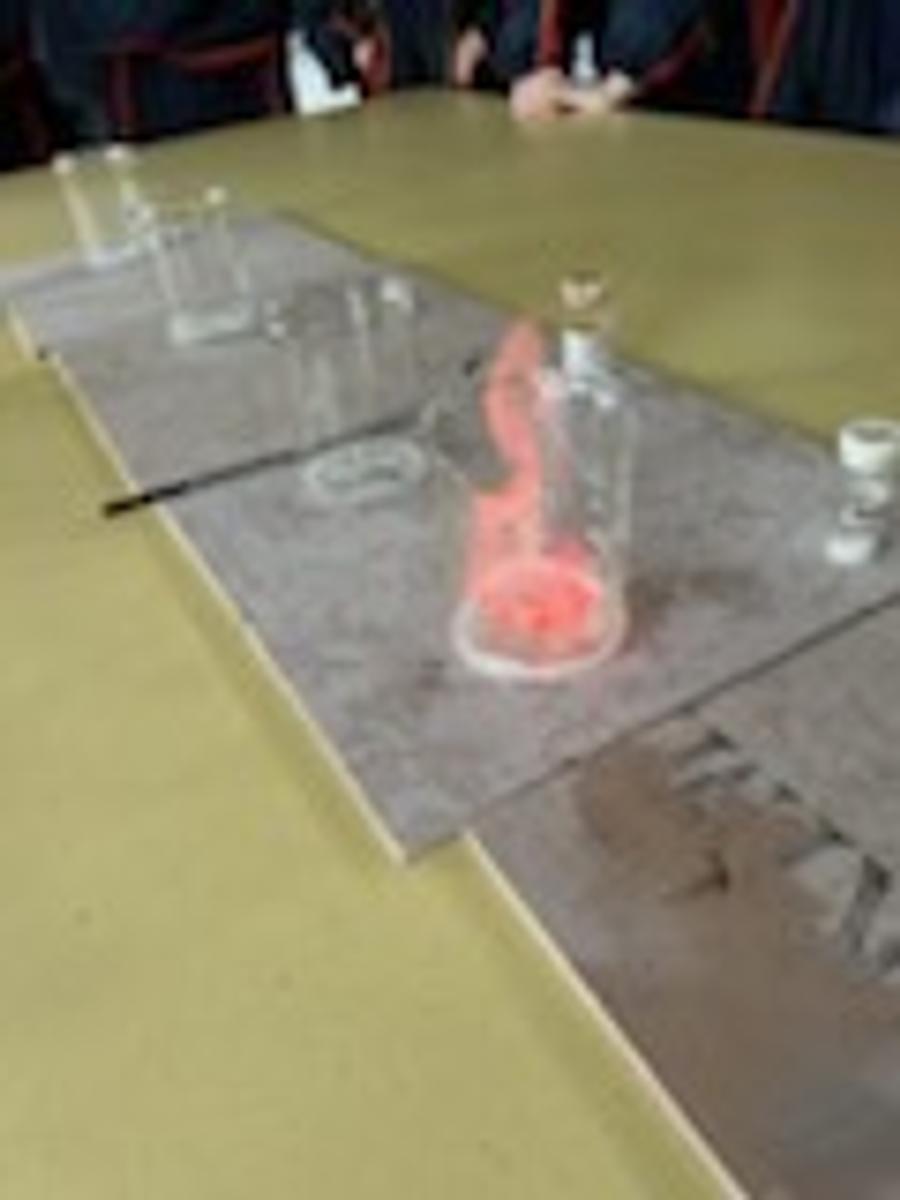
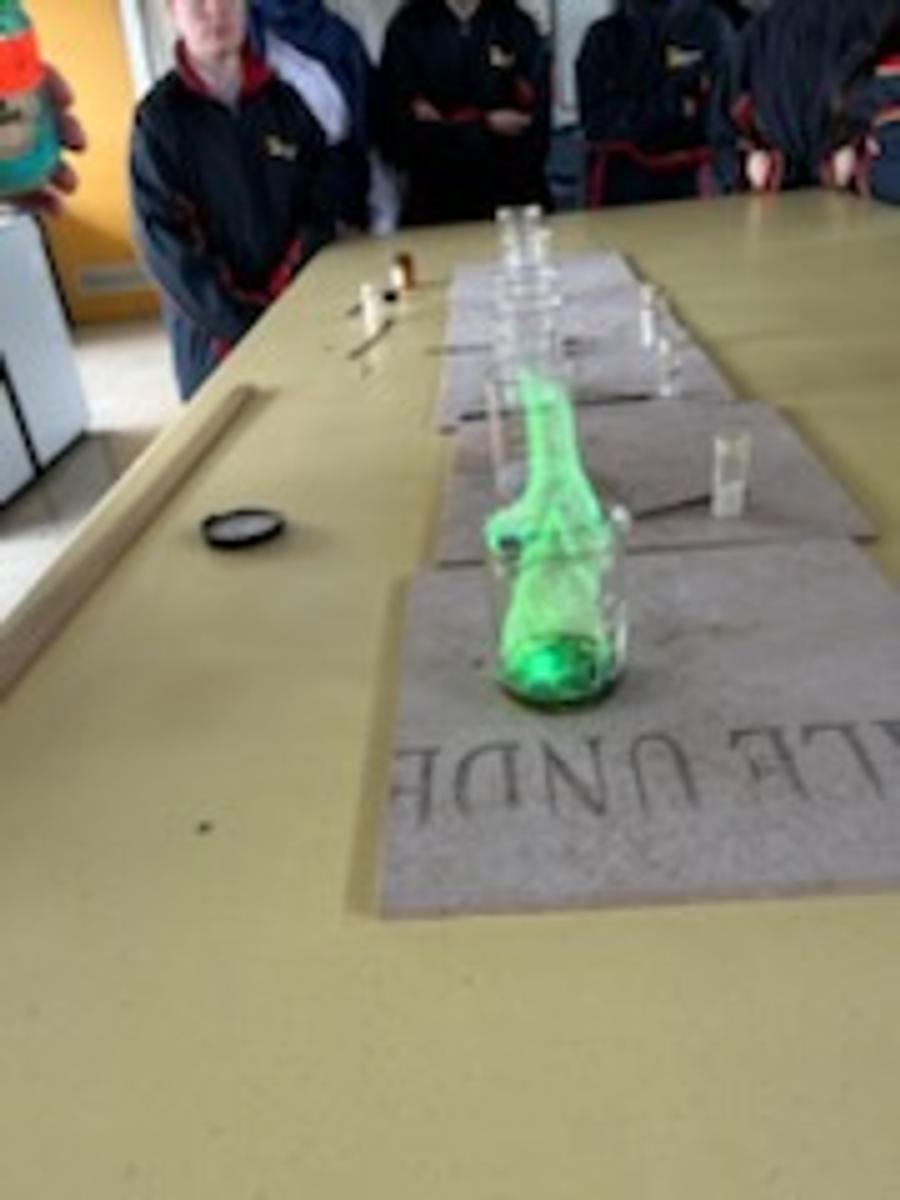
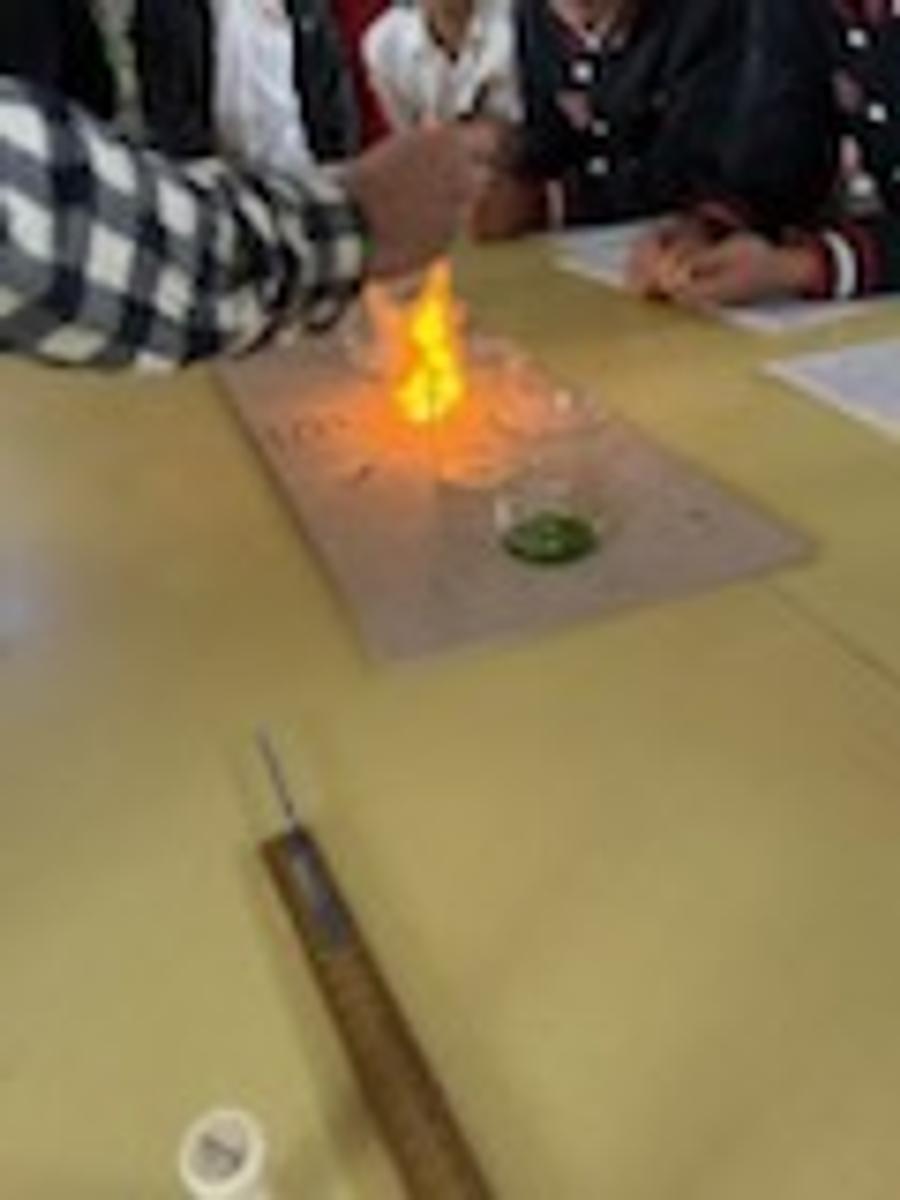









A flame test is a simple yet powerful way to identify the presence of certain metal ions in a compound. When metal salts are heated in a flame, the energy from the flame excites the electrons in the metal ions. As these excited electrons return to their lower energy states, they release energy in the form of light. The color of this light is unique to each metal, making it a useful tool for identifying metals in a substance. It's also fun to see the different colors!
One of the most brilliant metals, in my opinion, is copper. Copper produces a beautiful green/blue flame, as seen in the photos below. Other metals tested include sodium (orange), potassium (violet), strontium (red), barium (yellow) and calcium (orange)!
Why do flame tests matter?
Flame tests are often used in fields such as forensic science and materials analysis to identify unknown substances. Plus, these different metals are often used in fireworks, so we can use our understanding of flame tests to explain how fireworks get their colours!
Marc Pesavento|
Science / Maths Teacher | Mathematics/Science Learning Leader